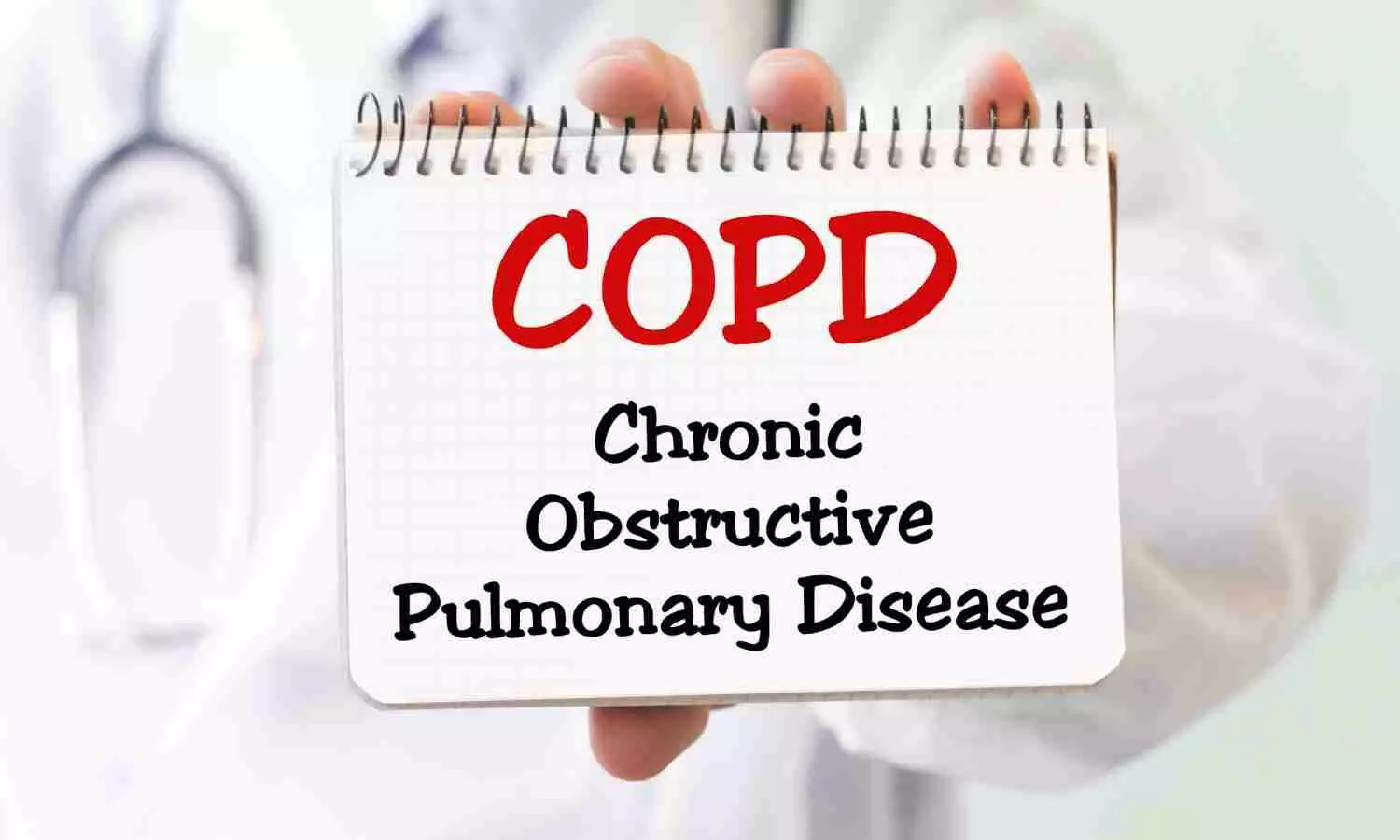
A range of reproductive factors, including age when periods first start and an early menopause, are all linked to a heightened risk of COPD-the umbrella term for progressive lung conditions that cause breathing difficulties-finds research published online in the journal Thorax.
Miscarriage, stillbirth, infertility, and having 3 or more children are also associated with a heightened risk of COPD, which includes emphysema and chronic bronchitis, the findings show.
Recent evidence indicates substantial gender differences in susceptibility to, and severity of, COPD, note the researchers. Women seem to develop severe COPD at younger ages than men. And while smoking is a major risk factor, non-smokers with COPD are more likely to be women, they add.
Previously published studies looking at the potential influence of female hormones on COPD risk have been hampered by methodological flaws, note the researchers. To try and get round these issues, they drew on the International Collaboration for a Life Course Approach to Reproductive Health and Chronic Disease Events (InterLACE) consortium.
This is a collection of 27 observational studies, pooling individual level data from more than 850,000 women in 12 countries.
For the purposes of the current study, the researchers included three groups of women (283,070; average age 54) with data on reproductive factors and COPD: the Australian Longitudinal Study on Women’s Health 1946–51 (ALSWH-mid); the UK Biobank; and the Swedish Women’s Lifestyle and Health Study (WLH).
In the ALSWH-mid and UK Biobank groups, women were tracked until the end of December 2019. Women in WLH were tracked up to the end of 2010.
Information on reproductive factors was collected at study entry or at subsequent data collection points, along with potentially influential factors: birth year (before or after 1950), ethnicity, educational level, duration of smoking, asthma (never and ever), and weight (BMI).
COPD was retrospectively and prospectively identified through self-report and medical records, which included prescriptions, hospital admissions, emergency care visits, and death registry data.
The women’s health was monitored for an average of 11 years. During this time, 10,737 (4%) women developed COPD at an average age of 63.
Women with COPD were more likely to be older when recruited to their studies, to have fewer than 10 years of formal education, to be obese, to have smoked for at least 10 years, and to have asthma–all risk factors for the condition. Some 53, 205 (16%) women were excluded because of missing data.
Several reproductive factors were associated with the risk of COPD, including age when periods first started; number of children; a history of infertility, miscarriage or stillbirth, especially multiple miscarriages or stillbirths; and age at menopause.
A U-shaped pattern emerged for the age at which periods first started. Those who began menstruating before or at the age of 11 were 17% more likely to develop COPD than those who did so at the age of 13; after the age of 16, the risk was 24% higher.
Women with children were at higher risk of COPD than childless women. Compared with having 2 children, more than 3 was associated with a 34% higher risk, while women with one child were at 18% higher risk.
Women who experienced infertility also had a 13% higher risk of COPD than women who were fertile.
And among those who had ever been pregnant, a history of miscarriage was associated with a 15% higher risk of COPD, with the risk rising in tandem with the number of miscarriages: 28% higher for 2; and 36% higher for 3 or more.
Similarly, stillbirth was associated with a 42% overall higher risk of COPD, with the risk rising in tandem with the number of stillbirths.
Menopause before the age of 40 was associated with a 69% higher risk, compared with those experiencing it naturally at the age of 50-51, while the risk was 21% lower for those who went through it at or after the age of 54.
This is an observational study, so can’t establish cause, and the researchers acknowledge various limitations to their findings, including potentially influential factors.
For example, they had no detailed information on hormonal contraception and HRT use, and data on parental history of COPD, childhood respiratory infections, secondhand smoking or occupational exposures, weren’t available for all 3 of the groups.
But by way of an explanation for their findings, they suggest that the female hormone oestrogen is likely to have a key role in COPD risk in women, because of its various effects on the lung.
“The overall effect of oestrogen might differ depending on the timing,” they suggest. “In the early or middle reproductive stage, long or higher accumulated exposure to oestrogen would be detrimental to the lung, leading to a higher risk of COPD among women with early menarche or multiple live births.
“In the later stage, oestrogen may be protective, since earlier age at menopause or [ovary removal] (indicates shorter exposure to oestrogen) were associated with a higher risk of COPD.”
Other factors, including autoimmune disease, such as type 1 diabetes, and social and environmental factors, such as air pollution, underweight, and socioeconomic deprivation, might also be influential, they add.
Reference:
Liang C, Chung H, Dobson A, et alFemale reproductive histories and the risk of chronic obstructive pulmonary diseaseThorax Published Online First: 13 February 2024. doi: 10.1136/thorax-2023-220388.










